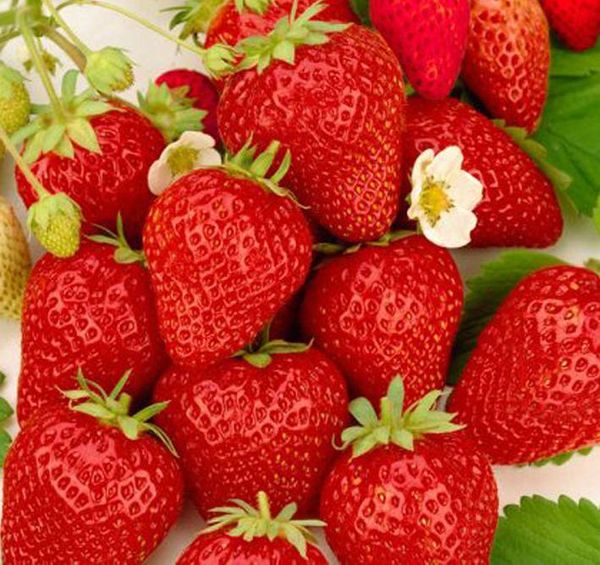Strawberry is the favorite berry of not only children, but also adults, because it comes first to our table, after a long winter. On any garden plot there is always a place for several strawberry bushes. It is best if it is an Ostara remontant strawberry, which gives a harvest from June to frosts.
Table of contents
Description of the variety of strawberry Ostara
The variety belongs to reliable and time-tested varieties of remontant strawberries on a neutral daylight, characterized by continuous fruiting, as the fruit set does not depend on the length of the daylight.
Ostara is distinguished by its precocity and steadily high yields. Low compact bushes reach height 25 cm.
Ostara belongs to the varieties of early-term ripening. The harvest of the first berries is small and falls on the beginning of June, the main harvest, amounting to 80% of the total, comes in August - September and lasts until the most frost. The yield of the bush Ostara according to the description is up to 1.2 kg.
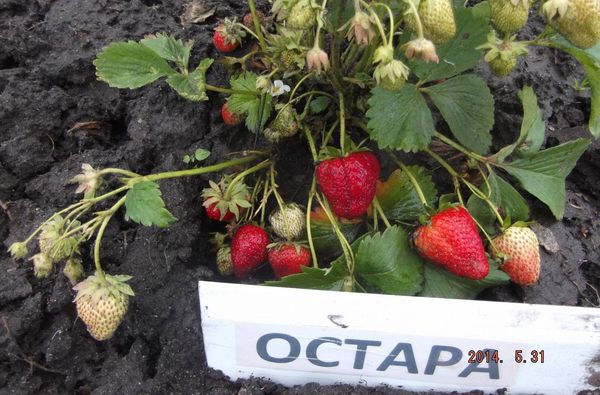
Characteristic berries
Ostara berries cone-shaped, medium size. The fruits of the first harvest are large in weight. up to 75 grams., the berries of subsequent collections have a tendency to shredding, and their average weight is 15 gr.
The berries are bright red, with a smooth glossy surface and a delicate texture of loose pulp.The fruits of Ostara are sweet and sour, aromatic and very tasty.
Breeding and growing conditions
Ostara is a sort of remontant strawberry bred by Dutch breeders in 1969. The variety obtained by crossing varieties Masherahs Daurernte and Red Gauntlet. The result of the selection is unpretentiousness of a grade to climatic conditions and soils.
Due to its high winter hardiness, it can grow in most parts of Russia and the near abroad.

Advantages and disadvantages
Like all varieties, Ostara has both advantages and disadvantages.
The advantages of the variety are:
- sweet, rich taste of wild strawberry;
- continuous bloom and heavy fruiting;
- unpretentiousness to growing conditions;
- increased resistance to fungal diseases (except gray rot).
The disadvantages include:
- Ostara belongs to varieties of intensive (accelerated) fruiting, which quickly grow old as a result of continuous flowering and fruiting, berry plantings need to be updated every 2 years;
- shallowing of fruits the next year after planting;
- bad berry transportability because of the soft texture of the fruit;
- short shelf life of fruits.
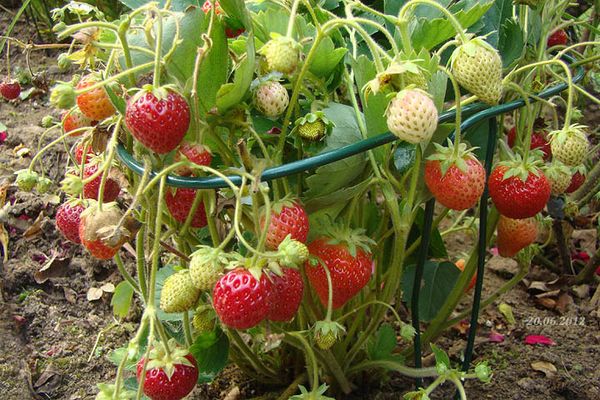
Planting seedlings
Cultivation of remontant strawberries is somewhat different from ordinary cultivation, due to the fact that the continuous fruiting of the bushes depletes them and there is a danger of the bushes dying after harvesting.
Put the berries on only well-lit placesthen the berry will be sweet. When planted in the shade, the crop will be insignificant, the plants will develop poorly.
Planting seedlings can be made in the spring or late August, when the heat subsides. As seedlings use young sockets and rooted mustaches.
Landing holes located at a distance 50 cm apart, filled with humus or compost, make ash and complex mineral fertilizers are added to the soil perlite or vermiculite, to improve soil structure and retain moisture and nutrients. The soil in the wells is well mixed and it is desirable to add vermiculite again from above.

Experienced gardeners prefer planting square-nested way. Its essence consists in planting 3 plants in a nest (hole) in the form of a triangle. At the same time the distance between the plants 10 cm, and between the sockets 50 cm.
Planted seedlings are watered with a solution of Epin or Zircon to better root the seedlings and relieve stress after planting. The next day, the beds are watered with Fitosporin solution to prevent diseases and enhance the immunity of strawberries.
When planting seedlings need do not bury the "heart", the place where young leaves grow from. It must be above the soil level.
All flower stalks that appear after planting during the season must be removed, enabling the plants to take root well. Strong strawberry bushes next year will give a full harvest.
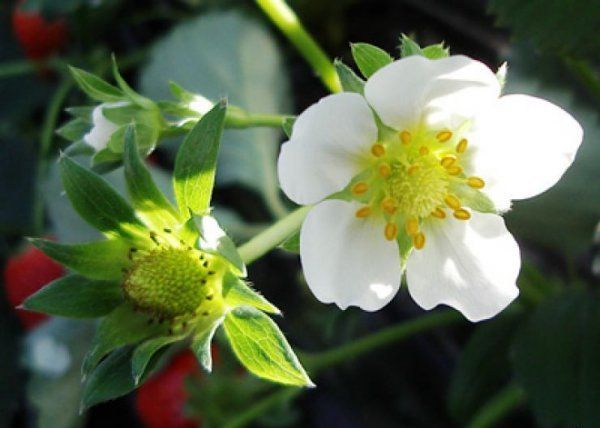
Care
Further care is regular watering, loosening and dressing.
Strawberries, and especially varieties of neutral daylight, very moisture-loving, the soil under it should always be wet. Therefore, planting need to mulch. The mulch will not only maintain the soil moisture and eliminate loosening, but will restrain the growth of weeds and the berries will be clean from the ground.
Feedings
For continuous fruiting throughout the season, Ostara strawberries need a lot of nutrients. They are applied to the soil throughout the season, both dry and liquid.
As dressings use:
- wood ash, humus, compost, which is sprinkled under the bushes of plants;
- complex mineral fertilizers;
- fermented infusions of herbs;
- infusions of bird droppings and mullein.
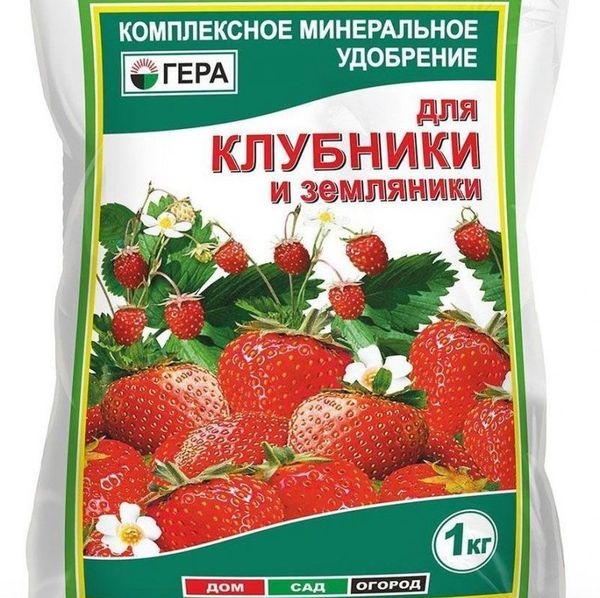
The application of organic fertilizers and mineral alternate.
Caring for strawberry plantings includes removing extra mustaches from the main bush during the growing season. To avoid depleting the plant remove all mustache, leaving only the first, departing from the bush. It is the strongest and can be used as a seedling when replacing plantations.
Preparation of strawberry planting for the winter consists of adding soil to the bare roots of the plants, applying fertilizers and mulching the beds with humus, fallen leaves, sawdust, peat.
Diseases
Gray rot
The disease manifests itself with high humidity, thickened plantings and affects all parts of the plant. Crop loss with disease can reach 80%.
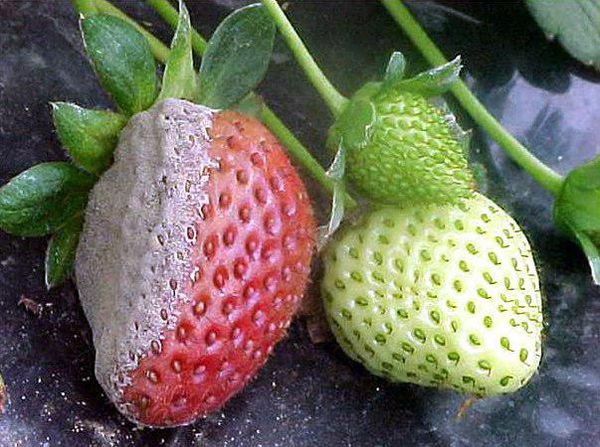
In order to avoid planting diseases, strawberries should be well ventilated, it is necessary to eliminate contact of plants with the soil. For this, mulch berry plantations should be done. Plants do not overfeed with nitrogen fertilizersso that they do not increase the excess mass of the leaves and do not thicken.
For the prevention of the disease, prophylactic spraying of plantings is carried out at the beginning of the growing season, when the leaves grow, a 3.0% solution of Bordeaux mixture. At the end of budding and after harvesting, spraying with a 1.0% solution of colloidal sulfur is necessary.
To combat the disease, fungicides are used: Strobe, Switch, Euparin, Bayleton, Kaptan, or Alirin-B biological product.
Brown spot
Brown spotting occurs when thickened strawberry plantations, high humidity and sudden changes in air temperature.
For the prevention of disease in early spring remove dry leaves that may have overwintered fungus. Blue sprinkling of over-wintered stands with 3.0% Bordeaux mixture. Soil mulching under plants.
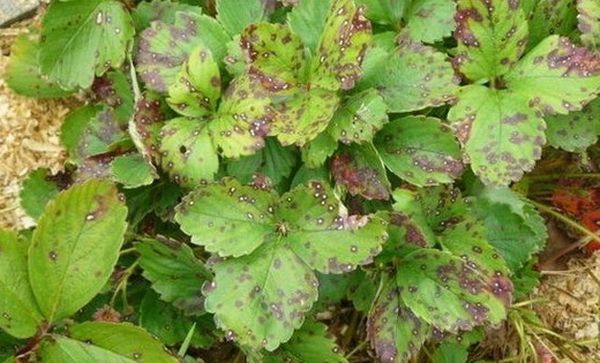
In the presence of the disease, the following fungicides are used: Fast, Strobe; Fundazol.
Mealy dew
With the defeat of strawberry with powdery mildew the leaves turn purple in color, curl and become covered with a grayish bloom.
To combat the disease using fungicides: Topaz, Fundazole, Tilt, Strobe and Fitosporin-M.
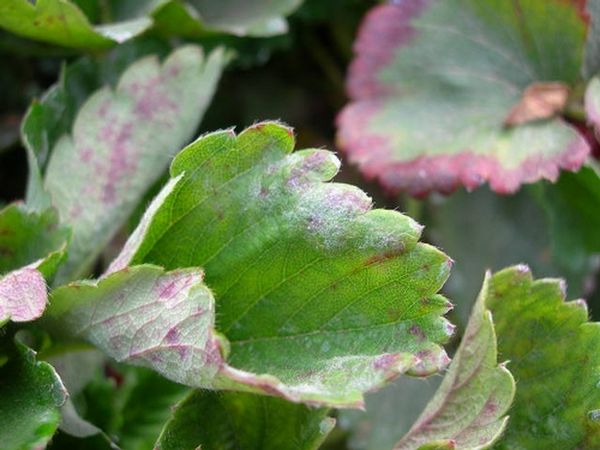
Strawberry Pests
Strawberry Mite
One of most dangerous strawberry pests.Tick damage to young leaves of plants leads to twisting and yellowing. Plant growth stops. With a massive lesion possible death of all plants.
To combat the pest use a solution of karbofos or colloidal sulfur, in early spring and after harvesting.
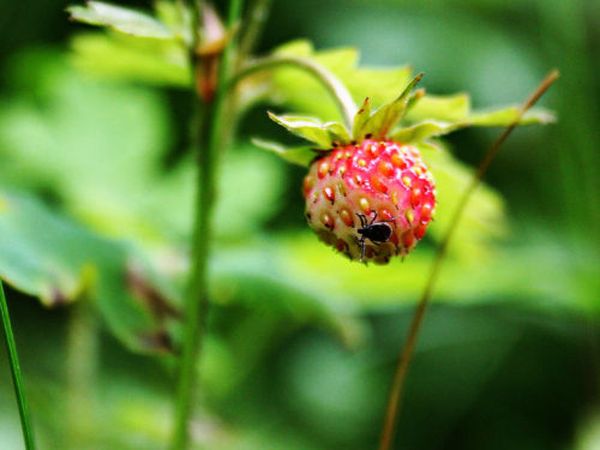
Strawberry Nematode
Nematode damage is manifested in leaf deformation and twisting. Cuttings of leaves become brittle and break easily. The affected plants practically do not bear fruit.
At the first sign of the presence of nematodes, infected plants must be removed from the site and burned.
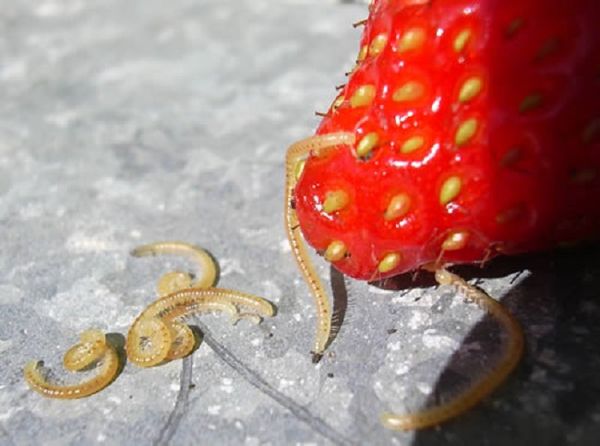
Spider mite
The presence of spider mites on plants is manifested by the appearance of spider webs on the plants begin to turn yellow and dry up.
To combat the pest, treat the strawberries after harvesting with Karbofos solution and, if possible, cover with 3 hours of plastic wrap.
Having planted this variety in your plot, you will enjoy the sweet berry from the beginning of summer until the very frost.
